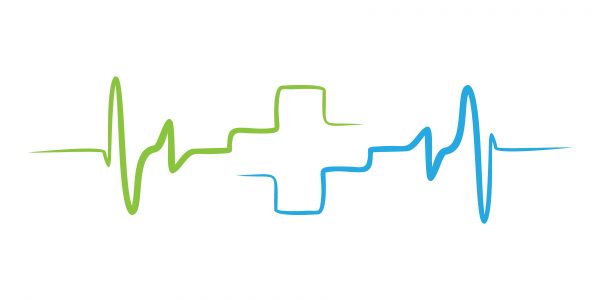With the battle against COVID-19 raging on in our hospitals, many healthcare workers are being moved to front line care from their usual workplaces, such as speciality medicine, private healthcare or even from retirement.
Basic skills around ECG recording and interpretation are essential for patient assessment, but unless we are staring at these squiggly lines on a regular basis, it is easy to lose your understanding of what they show.
Test your skills with this basic quiz (and refresh your knowledge with the answers!) below.
Once complete, please feel free to share your score at: https://twitter.com/ECGSarah or post your score in the comments section below! Have fun!
Question 1. Name the rhythm

Question 2. Name the rhythm

Question 3. What can you see on the rhythm strip?

Question 4. What can you see on this rhythm strip?

Question 5. What should the paper speed be on a standard 12-lead ECG?
Scroll further down for the answers!
Question 1
A nice easy start… this is normal sinus rhythm!
Question 2
A bit more of a challenge… the answer is atrial flutter.
How do we know this? The ‘saw-tooth’ flutter waves on the baseline give it away.
Question 3
Getting even more tricky… the answer is a ventricular ectopic beat.
How do we know this? We can see a bizarre wide complex (therefore ventricular in origin) occurring earlier than the next scheduled beat and followed by a compensatory pause.
Question 4
This one is very easy if you know it – the answer is electrical interference (or AC interference).
This makes the rhythm strip unreadable – we can identify regular QRS complexes, but not much else. What causes this? Electrical devices, or in this case a neuro-stimulator known as a deep brain stimulator.
Question 5
This question is by far the most important of the five above. The answer is 25mm/s.
You may have got 4/4 so far and have a great knowledge of the ECG, but the basics must never be missed. Knowing the calibration settings is fundamental to ensuring an accurate diagnosis/reading. Should this be accidentally changed on the machine (potentially more likely to happen with the current pressures from COVID-19), this could cause complexes to appear narrower or wider than they truly are – resulting in a potential for misinterpretation, mistreatment and patient harm. Always glance at the calibration settings on your ECG!
Now complete, please feel free to share your score at: https://twitter.com/ECGSarah or post your score in the comments section below! Have fun!
I hope you have enjoyed this ECG quiz, and don’t forget to visit our online catalogue to see our great range of 12-lead ECG courses available. https://ecgtraining.co.uk/all-courses/12-lead-ecg/
Written by Sarah Hope (ECG Clinical Trainer & HealthCare Science Practitioner in Cardiac Science), Wednesday 15th April 2020
Follow me at: https://twitter.com/ECGSarah












